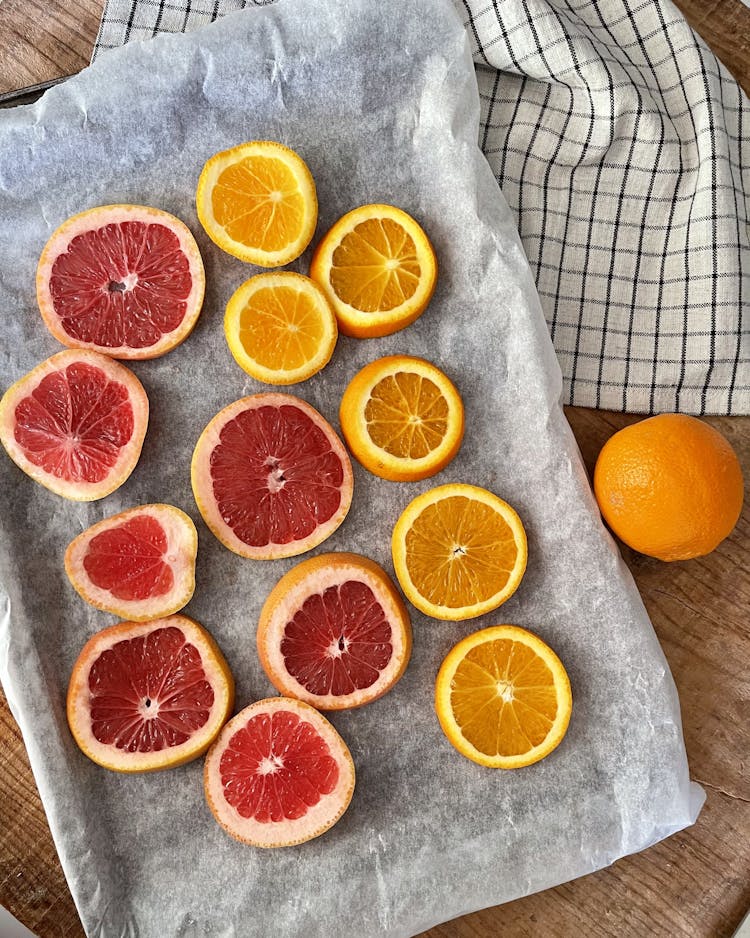How to make dried fruit at home
Dried fruits have plenty of practical uses. When you feel like you won’t get through all your fresh fruit, dehydrating fruit will help it last for longer and prevent waste. It’s an easy and cheap way to keep plenty of dried fruit snacks on hand. And decorating your home with dry fruits is a planet-friendly alternative to using plastic.

You don’t even need a dehydrator to dry fruit. Forcing the moisture out of fruit requires low heat, dry air and air movement. An electric oven makes an excellent fruit dryer as it can do all of these things.
Is there any difference in the end product when drying fruit in your oven instead of a dehydrator? Your fruit needs to be ‘dry-dry’ – or you introduce the risk of a mould problem. Your oven must be able to maintain the low temperatures needed to dehydrate fruit fully, so that it’s crispy. If it can’t, though, an oven warmer drawer may do the trick instead.
Your oven isn’t the most energy-efficient way to dehydrate food. But if you’re experimenting, it’s better than buying a dehydrator and deciding next week the DIY dry fruit life isn’t for you.
How to dry fruit in the oven
Here’s how to make dried fruit using your electric oven:
- Preheat the oven to between 50 and 60 degrees C
- Slice your fruit into 6mm thin strips, or leave small fruit (like raspberries) whole if you’d prefer
- Arrange the fruit in a single layer onto a rack and place inside the oven, closing the door
- Wait for between 6 and 12 hours, depending on the moisture content of the fruit
- Monitor and turn over every half an hour, until the fruit has fully dehydrated
- Once dried, take out of the oven and leave to cool for at least 24 hours
- Pack portion sizes tightly into airtight containers, like freezer containers or mason jars
- Store sealed containers in a cool, dry and dark place.
How long does dried fruit last?
Dehydrated fruit can last anywhere from four to twelve months. This depends on the temperature they’re stored at. Aim for a consistent 15 degrees C and your dry fruits should stay good for a year.
Check on your dehydrated fruit every two or three weeks to make sure it’s still bone dry. If there’s any moisture on the inside of the container, use the fruit up straight away. If you’re not comfortable eating your dried fruit for any reason, you can still repurpose it into decorations. If you see mould anywhere, throw the fruit away.
What can I do with dried fruit?
Oven dried fruit isn’t only useful for adding a sugar boost to homemade trail mix. Here are some ideas to use up your newly dried fruit:
- Make your own all-natural potpourri by infusing your dry fruit slices with essential oils. Add cinnamon sticks or whole cloves. Or if your fruit pieces still carry their scent (orange slices often do), sprinkle dried herbs like rosemary or thyme over them instead.
- Use your dried fruit slices to spice up the decorations at an autumnal wedding, any other event or during the festive season. Here’s our guide on how to make dried orange Christmas decorations.
- Garnish cocktails or mocktails with dry fruit – the best fruit to dehydrate for this is lime slices, grapefruit slices, rhubarb shavings, quartered pineapple slices or whole strawberries.
- Dunk your dried fruit into your favourite unflavoured alcohol and leave it to infuse for anywhere from a week to a few months. Strain the fruit and filter out the smaller pieces. You’ll have both delicious fruity alcohol and scrumptious boozy fruit.

